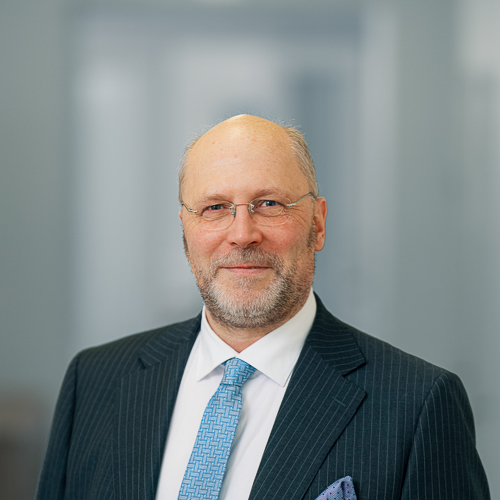Over the last twenty years, interest rates have fallen sharply to record lows, which has helped both economies and capital market developments. But how do the Nordics fit into this narrative, do fixed income investments still have value and what does the future hold?
The job of the fixed income market is to channel money to those who need it. However, developments in world markets have raised fundamental questions about lending money: what is a risk-free interest rate; is the price of debt right; and are risk premiums adequate? Further, do the old fixed income laws still work?
The allure of high interest rates is reduced by the risks involved. A higher interest rate is compensation for a higher risk. As the risk reward for taking a risk decreases, the importance of diversifying the fixed income portfolio is emphasized, so that potential borrowers' payment difficulties do not eat up the portfolio's return excessively.
The most important feature of a fixed income investment is that it is a liability to the borrower. As a rule, the creditor has a primary right to the debtor's assets and the creditor generally receives compensation for the loan given. The advantage of debt to the investor continues to be its primary right to the debtor's or issuer's assets. This feature provides security for the investor – as long as he knows the true value of the collateral.
The outlook of rising interest rates currently poses challenges for the investor: rising interest rates reduce capital value and higher interest rates reflect higher issuer risks or weaker liquidity. Lower returns on fixed income investments seem inevitable. However, this does not mean that higher returns cannot be achieved with the right interest rate strategy.
Indeed, many investors are wondering whether better compensation for risk-taking can be obtained in completely different types of fixed income investments. Higher returns are increasingly being offered in non-public areas or through bilateral agreements, such as across the private debt.
"The outlook of rising interest rates currently poses challenges for the investor. However, this does not mean that higher returns cannot be achieved with the right interest rate strategy."
Thus, the nature of fixed income investments is changing in the current interest rate environment and is no longer just a matter of collecting a high coupon. The value of fixed income investments will be affected in the future by new factors, while positive returns are available by utilizing them.
Impact on the Nordic market
In the Nordics we are blessed with low interest rates, but there is always a mummering fear of a rise. Apart from an interest rate hike by the Norwegian central bank, the general interest rate levels are low and will remain that way – for the time being. Any increase from the European Central Bank will come long after a Federal Reserve rate hike, but it is inevitable that its monetary policy will get tighter and we need to be prepared for that occurrence.
So, when it happens, how can you invest in that kind of environment? The answer could lie in Nordic leverage loans. Not only is this a growing market that provides diversification into European leveraged loan and high yield portfolios, leveraged loans also offer:
- Good risk-adjusted returns
- Good relative value
- More diversification
At Evli, we see this is an area with strong growth potential and one that will sit well with any interest rate increases that come our way. Evli boasts by far the most experienced cross-asset high yield credit investment team in the Nordics. With 90% of issuers and 50% of volumes unrated, it is essential for investors to choose a pan-Nordic advisor that knows the market intimately.
What does the future of fixed income investing hold?
The development of the world economy has been impacted at an accelerating pace by large megatrends, which have also had an impact on global interest rates. Technological developments, real-time information, the growth of world trade, global capital movements, the growing prosperity of developing countries, and new services have all increased capital globally.
In 2005, US Federal Reserve Chairman Ben Bernanke introduced the idea of a “global savings glut”. Despite occasional crises, surplus savings have been feverishly looking for investment targets, thus also pushing down interest rates. The fall in interest rates, in turn, has benefited all debtors – from mortgage debtors to businesses and governments. In turn, economies have even become dependent on cheap financing costs.
The fall in interest rates has meant an increase in the capital value of a fixed income investment, and also the bankruptcies of issuers have not materialized as feared during financial crises. At the same time, fixed income products have developed rapidly.
Currently, long-term yield expectations in the fixed income market are lower than ever across many traditional interest rate classes. In addition to the traditional corporate bond market, the private debt loan market, for example, has emerged, through which more and more medium-sized and large companies are applying for financing. Also, fixed income investing is no longer just about buying a fixed coupon.
Among other things, there are floating-rate notes, collateralized debt obligations, credit default swaps, exchange traded fixed income funds and contingent convertible capital investments and various structured loans. The importance of risk management has been emphasized as complexity has increased, while market regulation has increased since the financial crisis.













